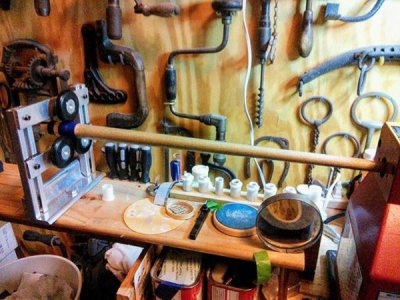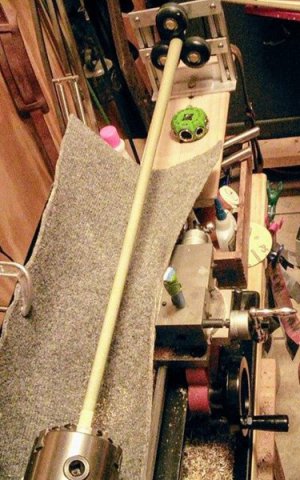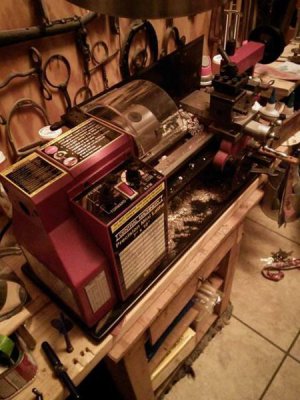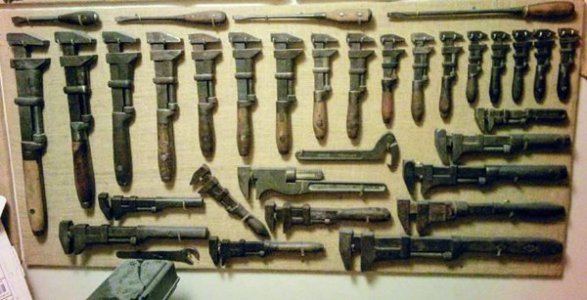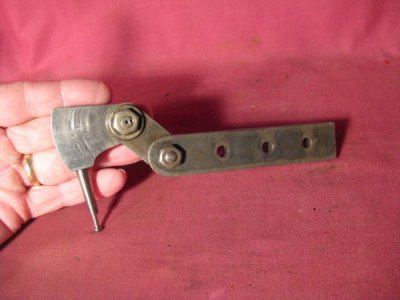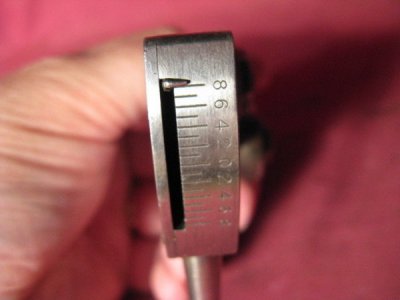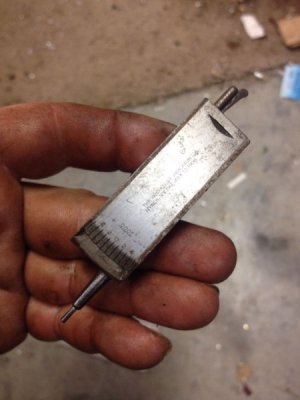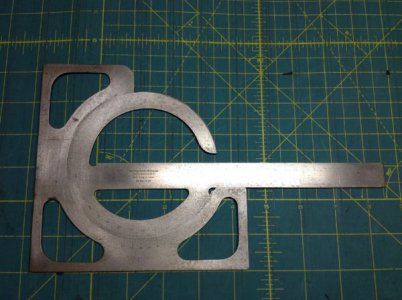Love your setup and especially the addon steady rest. I'm going to have to keep that in mind for an upcoming project.
Some folks enjoy working with what's at hand. I just hate to do things the hard way. So i constantly struggle with figuring what I need and can fit in my shop and try not to get carried away. Discontent is the modern disease that drives the consumer society for the latest and greatest. Makes for a lot of junk.
I don't see the steam powered machine shop as necessarily the hard way. He just has more of an involved process

Not all old things have intrinsic quality, but I know it when I see it, use it and feel it. My buddy down the street apprenticed as a gauge maker and repairer in Germany after the war. His brother was a master machinist and taught apprentices and he showed several of the gages, dividers and tools they had to make. You could feel the quality.
I don't work in as small a shop as you as I have 19x20 garage, but in order to do the different processes I do everything has to be on castors. The only machine that isn't is my 9x20 lathe. But I do everything from welding, fabrication, machining, powdercoating, some woodworking and other stuff. All on a smaller scale. So I have to have a lot of ventilation and my garage door is always open for the light and air.
Old tools and used Chinese machines are how I get by. They have been cheaper and just like you I upgrade as necessary. Usually when I run into the limits of bad adjustment, wear or bad design and need more precision. Without the net and resources like Long Island Indicator, YouTube and the great tips I've gotten off this site I'd be lost. Most often I wouldn't have known where a problem was or how to fix it without my trusty dial indicators and test indicators.

